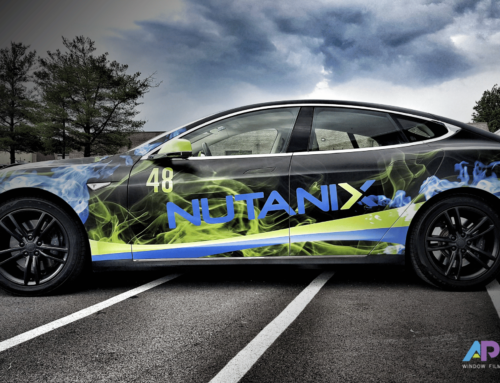Eco cars are many things: they are cost effective, they are environmentally friendly and they have low gas mileage. However, one thing which they often are not, is cool. Despite the fact that they have received endorsements from many celebrities that have embraced the green motoring movement, eco cars are still regarded as rather boring. This is mainly because they are perceived as being slow cars with bland designs. However, the Fisker Karma has succeeded to take this stereotype and turns it upside down.
Video Production by AP Corp’s media team | Fisker Karma Review
Just a quick look at the Fisker Karma would prevent anyone from calling it boring. It is a true sports car through and through and most people would even find it hard to believe that it is, indeed, a hybrid. It is a 4-door sedan with RWD, but it is also a plug-in hybrid.
The looks of the Karma are the first thing that stands out. It has sleek and daring curves like a classic roadster. Its design is enough to satisfy any car enthusiast, but it also has something that no other eco car ever had before: credibility. As its name suggests, this car was designed by Henrik Fisker, a name well known in the automotive industry as one of the best designers of this generation. His accomplishments include, among others, the Aston Martin DB9, universally acclaimed as one of the most beautiful cars ever made. Just the fact that he also designed the Karma is enough to make it stand out, in some people’s eyes.
Once people get past the looks of the car, it is time to see what it is packing under the hood. The Karma is quick to dispel any misguided notions that all eco cars are slow. It actually has two electric motors, each delivering 161 horsepower, powered by a 20 kWh lithium ion battery. When the driver wants to experience the full power of the car he can engage Sport mode which also activates the turbocharged, 4-cylinder 2.0 liter gasoline engine which develops another 260 horsepower. The car can reach a top speed of 125 mph. The Karma uses similar technology to that found in the very popular Chevrolet Volt which uses a generator to recharge the batteries while on the road. Lastly, the car also has a solar paneled roof which aims to provide just a little more assistance in recharging the batteries, as well as controlling the climate system inside the car.
The interior of the car is serviceable, but it does not have anything particularly noteworthy. One thing that should be mentioned is that the manufacturers aim to continue the environment-friendly motif that is to be expected of any hybrid. Salvaged lumber is used in the making of the interior and optional leather seating is made from hides with marks and scratches.
The Fisker Karma is a hybrid car and, like all hybrid cars, it is supposed to have low gas mileage. However, the car has various settings which it could be driven in, so the actual figures are bound to differ from person to person. The EPA’s official rating is 52 MPG-e (miles per gallon equivalent) when the car is in all-electric mode and 20 MPG when it is using the gasoline engine.
Another preconceived notion about eco cars that the Karma seeks to dispel is that they are cheap. This is certainly not the case with this car. The Fisker Karma is a complete sports car and it comes with a sports car price tag. The basic model is $102,000 and the top model is $116,000, neither of which would be cheap to insure. Regardless, fans of the idea of a super-powered eco car have two new versions to look forward to. First is the Fisker Surf, a hatchback version of the Karma and then there is the Fisker Sunset, a convertible with a folding hardtop.
The Fisker Karma is truly one of the most stylistically ground breaking eco cars on the market today.
Troy Wilson is an insurance specialist, car enthusiast and eco advocate. He is currently a consultant for car insurance quote comparison service www.CheapFullCoverageAutoInsurance.com and spends his free time keeping up to date with the latest automotive trends.



![The 5 Best Custom Car Wraps Virginia Has To Offer [Reviewed]](https://www.vehiclewrapping.com/wp-content/uploads/2024/02/Custom-Car-Wraps-500x383.png)

